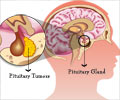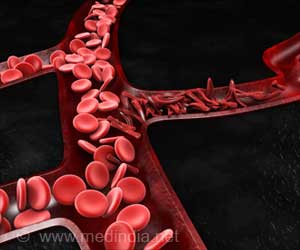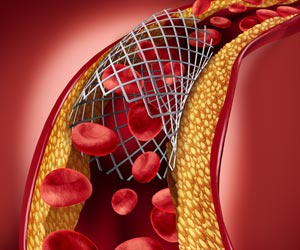The absence of the Shp-2 enzyme near specialized cartilage cells can lead to the development of multiple benign cartilage tumors in mice, finds Rhode Island Hospital researchers.

He continued, "Knowing the cell of origin for tumor formation can be helpful in developing new treatments since each type of cell has its weak points. Our research led to the discovery of a novel cartilage stem/progenitor cell population that is the cell of origin for the tumors in our model, and to the identification of a potential therapy for this rare disease. In the future, our model may also be useful for developing novel treatments for some forms of chondrosarcoma, a type of bone cancer."
Injury to the growth plate has been the assumed reason for the formation of osteochondromas, which look similar to a growth plate that has taken off in the wrong direction, causing bone and cartilage to grow out of the bone. This research demonstrates that one cause of osteochondromas is a molecular abnormality in an enzyme in a tiny group of cells near the growth plate, resulting in often large tumors growing out of the bone. These tumors are a very common in children.
"These findings put us one step closer to understanding how these tumors form," Yang said. "The next step will be to develop a way to stop the tumors from growing at an early stage so that they do not have to be surgically removed."
Source-Eurekalert














